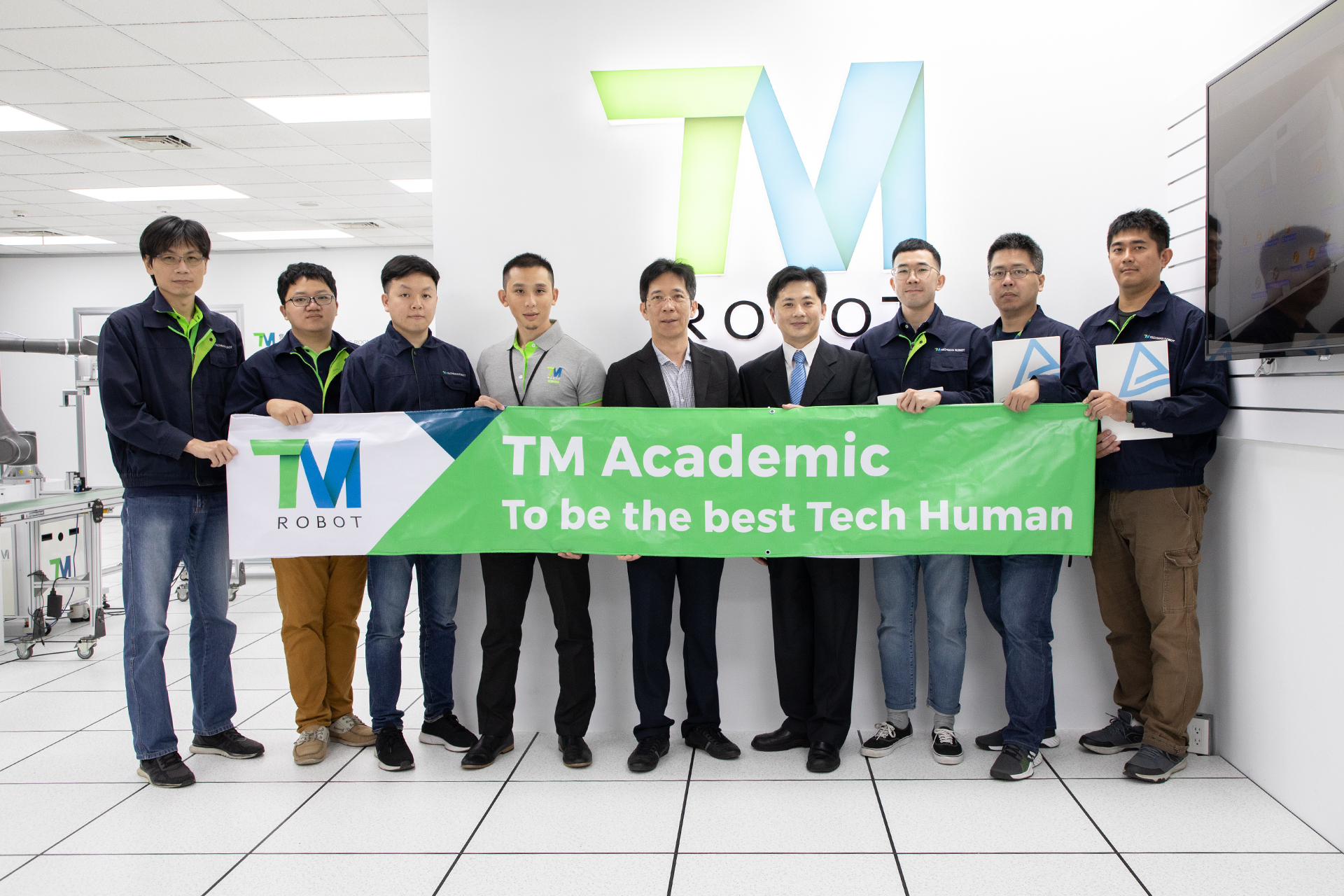Professional Development at Techman Robot Targets Smart Manufacturing Opportunities
Smart manufacturing is a hot topic in the industrial sector. Many countries now believe that smart robots will play an increasingly central role in future technological development. However, during the production process, potential hazards still exist between mechanical equipment and humans. Techman Robot commissioned TÜV Rheinland to conduct advanced internal training for its specialist personnel to strengthen the safety of human-machine interactions, as well as support the intelligent manufacturing and automation capabilities of its overseas customers. The first class of 10 trainees recently received their qualification certificates. This certification provides proof of risk management ability and professional expertise in robotics. Individual certificates can also be checked through the Certipedia certification system maintained by TÜV Rheinland.
Risk identification and assessment must be conducted during the design process of industrial robots to avoid work safety problems. Operating hazards must be reduced through design or preventive measures. The design of the robot itself should also provide a certain level of safety. If the safety risks cannot be effectively reduced through design, then more measures must be incorporated. Industrial robots and systems fall within the scope of EU Machinery Directive (2006/42/EC), they must adhere to the harmonized standards for industrial robotics that includes the standards for industrial robots and robotic systems (EN ISO 10218-1, EN ISO 10218-2), plus a supplementary collaborative robot technical specifications (ISO/TS 15066). The electrical equipment in robots and systems must also comply with the international standards for electrical equipment used in industrial machines (EN/IEC 60204-1) and the relevant regulations of the Electromagnetic Compatibility Directive (2014/30/EU).
TÜV Rheinland provides Techman Robot with a compacted course on improving safety practices and review skills. The training course covers the application of mechanical and electrical safety standards, risk assessment of potential hazards, configuration and selection of protective devices, layout of robot automated production lines, design of human-machine collaborative tasks, as well as maintenance and management requirements. Technical trainees that pass the qualification exam will receive a mechanical safety certification issued by TÜV Rheinland, certifies that they are capable of drafting CE Technical Construction Files (TCF), identifying mechanical risks and hazards, planning safety and protective measures, and writing EN ISO 12100 risk assessments. On top of that, qualified personnel can also provide their corporate clients with production line planning and risk assessment report. These qualifications can not only help increase trust and professionalism, but also reduce the possible risks caused by the costumer’s automation equipment.
Techman Robot was founded in 2016 and is a global pioneer in collaborative robots and smart vision systems. It is the only collaborative robot manufacturer based in Taiwan, and has been catapulted into second place among all collaborative robot brands in the world. More than a hundred distributors located in China, Europe, Japan, South Korea, and Southeast Asia that now supply its collaborative robots with built-in vision, software, and application solutions. Techman Robot hopes to break down human-machine barriers through innovative robotics technology. By exploiting the respective strengths and advantages of both humans and robots, a closer collaborative relationship can be built for a future of seamless collaboration between man and robot.
The market may still reserve its attention on the functions and applications of intelligent robots, but it is the “safety of people” that takes precedence over anything else. This is critical to prevent robotic harm to humans. TÜV Rheinland leverages the technical perspectives of different industries by analyzing the potential risks in a product itself. The relevant international standards are then used as a reference to incorporate active and passive safety technologies into the robot design so that robots can accomplish tasks set by humans while ensuring the safety of both.

